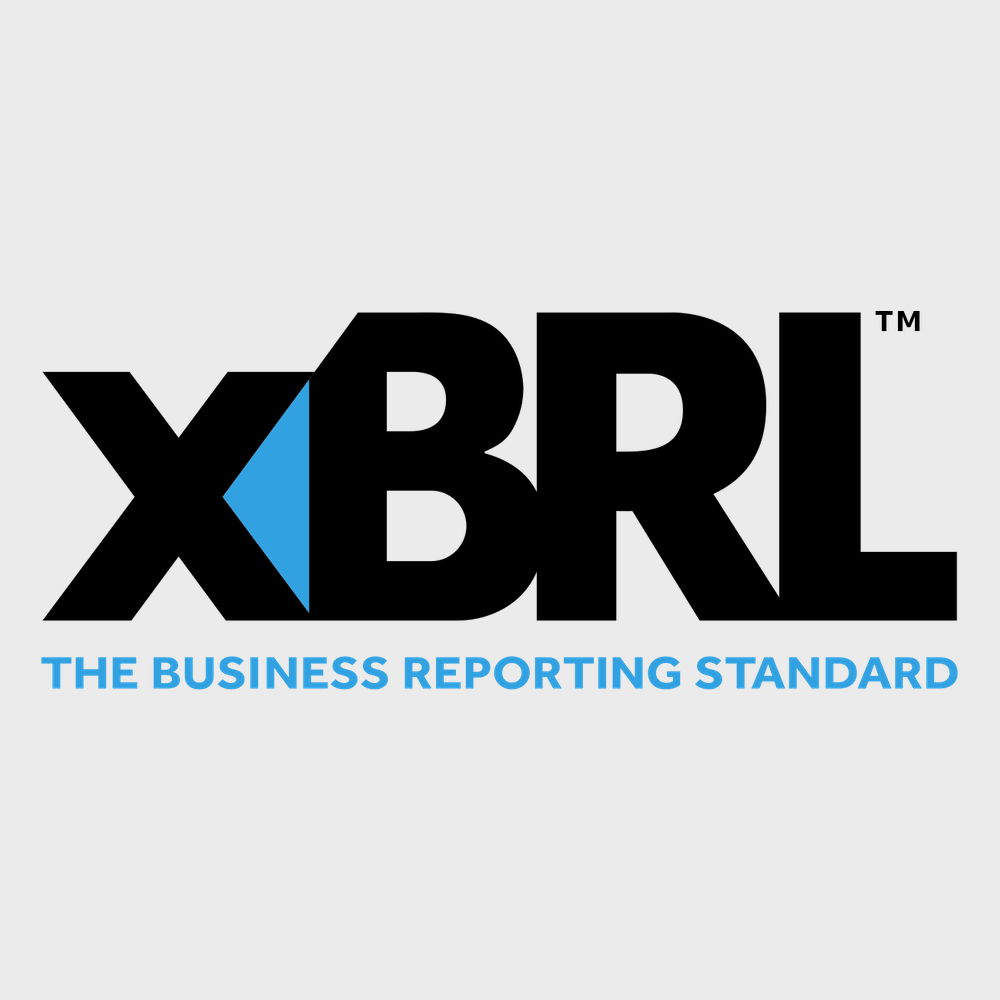XBRL Filings
Submit Your Forms
with a Trusted & Registered Filing Agent
XBRL Filings
Submit Your Forms with a Trusted & Registered Filing Agent
[super_form id=”3624″]
XBRL Filings
Submit Your Forms with a Trusted & Registered Filing Agent
[super_form id=”3624″]
eXtensible Business Reporting Language) is an XML-based global standard that defines and exchanges business and financial performance information that is transmitted and shared via the Internet.

With XBRL Filings, through the use of a series of defined financial terms (tags), recipients of the data can easily search, sort, filter, compare and download financial information; this information is called interactive data and it is filed as an exhibit along with the regular filing. The purposes of reporting this way are:
- To make financial information easier for investors to analyse, thus increasing your visibility with new investors.
- XBRL-enabled SEC filings will assist the automating of your filings, eventually reducing the costs of filings and decreasing the risks of inaccuracies.
- Analysts can immediately identify the precise information they want, import into their financial models using an Excel plug-in for a quick and accurate analysis.
Filers will be able to apply the XBRL exhibit to their next filing creating a file that can be revised and updated, saving time and money during the conversion process. OFFISTRA is here to assist you with the XBRL Filings process.
The SEC has mandated XBRL filings of financial statements
The Securities and Exchange Commission (SEC) has adopted rules requiring companies file their financial statement information in a format that is designed to improve the usefulness of the information to investors. These new rules require companies using US GAAP, and eventually those that use IFRS, to submit their primary financial statements and footnotes in XBRL format. Although the proposal follows a phased approach, the SEC recommended that companies begin submitting XBRL data as soon as possible. OFFISTRA would like to make the transition to XBRL more concise for our clients by providing background and information to make XBRL filings more efficient. The SEC’s website on XBRL is http://xbrl.sec.gov
Small Business Compliance Information
The Securities and Exchange Commission has adopted the amendments for filing XBRL for Small Business in the form of exhibit requirements (e.g., Item 601(b)(101) of Regulation S-K), Rules 405 and 406T of Regulation S-T and the EDGAR Filer Manual (for a direct link to the EDGAR Filer Manual please use the SEC’s link at http://www.sec.gov/info/edgar/edmanuals.htm for more information regarding XBRL for Small Business use the SEC’s link at http://www.sec.gov/info/smallbus/secg/interactivedata-secg.htm.
This disclosure in interactive data format will be in addition to the electronic filing formats of ASCII or HTML. Smaller reporting companies are the last group of filers mandated to XBRL filing. The requirements begin for the first quarterly report on Form 10-Q or annual report on Form 20-F or 40-F, that contains financial statements for a period ending on or after June 15, 2011. The amendments also will require that companies post on their corporate Web sites (if they have one) a new exhibit with their financial statements (Exhibit 101), including the footnotes and schedules to the financial statements, in interactive data format.
The filer will be required to tag the face of its financial statements in its first year of interactive data reporting. Also required is the tagging of the financial statement footnotes and financial statement schedules in its first year, but only as text. After the first year the company will also be required to tag the details of disclosures within the footnotes.
After the phase-in period ends for Small Business, newly public companies will become subject to the interactive data requirements for the first quarterly report on Form 10-Q or annual report on Form 20-F or 40-F, due after they become public companies.
Financial Statements to Which Requirements Apply
Annual reports on Forms 10-K, 20-F or 40-F, and quarterly reports on Form 10-Q; transition reports for a change in fiscal year; and current reports on Form 8-K and reports on Form 6-K that contain revised or updated versions of financial statements that appeared in an annual or quarterly report; and, Securities Act registration statements, but only after a price or price range has been determined and any later time when the financial statements are changed.
Due Dates/Grace Periods
Interactive data exhibits are required to be submitted to the Commission at the same time, and posted on the company’s Web site, on the same calendar day, as the related traditional filing except when:
- the initial interactive data exhibit of a company will be required within 30 days after the due date or filing date of the related report or registration statement; and
- a company will have a similar 30 day grace period for its first interactive data exhibit that includes detailed tagging of its footnotes and schedules.
DataFeed
Issuers will be required to post those financial statements in interactive data format on their corporate Web site no later than the end of the calendar day it filed or was required to file the related report or registration statement with the Commission, unless a grace period is available. The company must keep the interactive data posted for at least 12 months and cannot comply with the posting requirement by including a hyperlink to the SEC’s Web site.
